Hello. I am very interested in analyzing sleep data using a smartwatch. Nowadays, many smartwatches offer features to measure and analyze our sleep quality. Through these functions, I am exploring how to improve sleep. Today, I would like to share my experience of analyzing sleep data using a smartwatch. Please read along!
- Smartwatches and Sleep Quality: Basic Understanding
Smartwatches are innovative devices that help track and monitor our health and daily activities. Among their various features, smartwatches capable of analyzing sleep data have gained immense popularity. Through smartwatches, we can understand and improve the quality of our sleep.
- Types of Sleep Data and Collection Methods
Smartwatches collect sleep data using various sensors. This data includes information such as sleep onset time, depth, and waking periods. By recording the user’s movements, heart rate, and breathing, smartwatches provide accurate sleep data.
- Analyzing Sleep Stages: Understanding REM and Non-REM
Sleep is divided into two main stages: REM (Rapid Eye Movement) and Non-REM. The REM stage is characterized by dreaming and heightened brain activity, while the Non-REM stage is when we do not dream. Smartwatches analyze these sleep stages to help us understand our sleep patterns.
- The Relationship Between Heart Rate Variability and Sleep
Heart rate variability is an important indicator for evaluating our health and sleep quality. Smartwatches measure heart rate variability and provide information that can help assess and improve our sleep state.
- The Link Between Breathing Rate and Sleep Quality
Breathing is one of the key factors affecting our sleep. Smartwatches measure breathing rates to identify and suggest improvements for issues related to sleep quality.
- Identifying Factors That Hinder Sleep Quality
Smartwatches analyze various factors such as the time taken to fall asleep, sleep depth, and frequency of dreaming to identify elements that hinder sleep quality. This helps raise awareness of individual sleep problems and find ways to improve them.
- Analyzing Sleep Patterns Through Smartwatch Data
Smartwatches help us understand our sleep patterns by analyzing sleep data. For example, we can learn how often we wake up, how frequently we dream, and more. This information aids in identifying and improving personal sleep habits.
- Strategies for Using a Smartwatch to Improve Sleep
There are several strategies we can use to improve our sleep through a smartwatch. For instance, maintaining a regular sleep schedule, adjusting meal times, and limiting smartphone use. Smartwatches assist in improving our sleep based on these strategies.
- Common Sleep Improvement Recommendations and the Role of Smartwatches
General recommendations for sleep improvement include stress management, exercise, and proper dietary habits. Smartwatches can compare this collected data with these recommendations to help improve our sleep.
- Limitations and Future Prospects of Smartwatch Sleep Data
The sleep data collected through smartwatches greatly aids in understanding an individual’s sleep state. However, there are still limitations, and caution must be taken regarding data accuracy and interpretation. Future technological advancements and research are expected to improve the accuracy and usability of smartwatch sleep data.
11. The technology for sleep analysis using smartwatches is advancing in various ways, but there are still some limitations. These limitations are as follows:
- Accuracy: The sleep analysis function of smartwatches is mostly based on sensors such as accelerometers to track the user’s movements. However, this method may have limitations in accurately distinguishing the stages of sleep (REM sleep, non-REM sleep, etc.). Also, it can be difficult to obtain accurate data if the user moves very quietly or not at all.
- Sleep Quality: Smartwatches can provide some information about the quantity of sleep, but it may be difficult to provide accurate information about the quality of sleep. For example, there are limitations in capturing detailed elements such as the proportion of REM sleep, which involves dreaming, or sleep-related breathing disorders.
- Individual Differences: The accuracy of smartwatch data can be affected by the user’s health condition, sleep habits, and wearing method. In particular, for people with sleep disorders, the smartwatch may be less likely to provide accurate data.
- Limitations of Heart Rate Monitoring: Some smartwatches assist sleep analysis through heart rate monitoring, but this is also not perfect. Under certain conditions, heart rate data may not be accurate, which can affect the accuracy of sleep analysis.
- Difference from Professional Sleep Analysis: Sleep analysis using smartwatches provides relatively simplified information compared to the various equipment used in professional sleep research laboratories. Professional sleep analysis comprehensively evaluates various physiological signals, including brain waves, muscle activity, and eye movements.
Using smartwatches for sleep analysis can be useful for monitoring and improving daily sleep patterns, but it cannot replace accurate diagnosis or professional health consultation. If you suspect any health issues related to sleep, it is best to consult a professional.

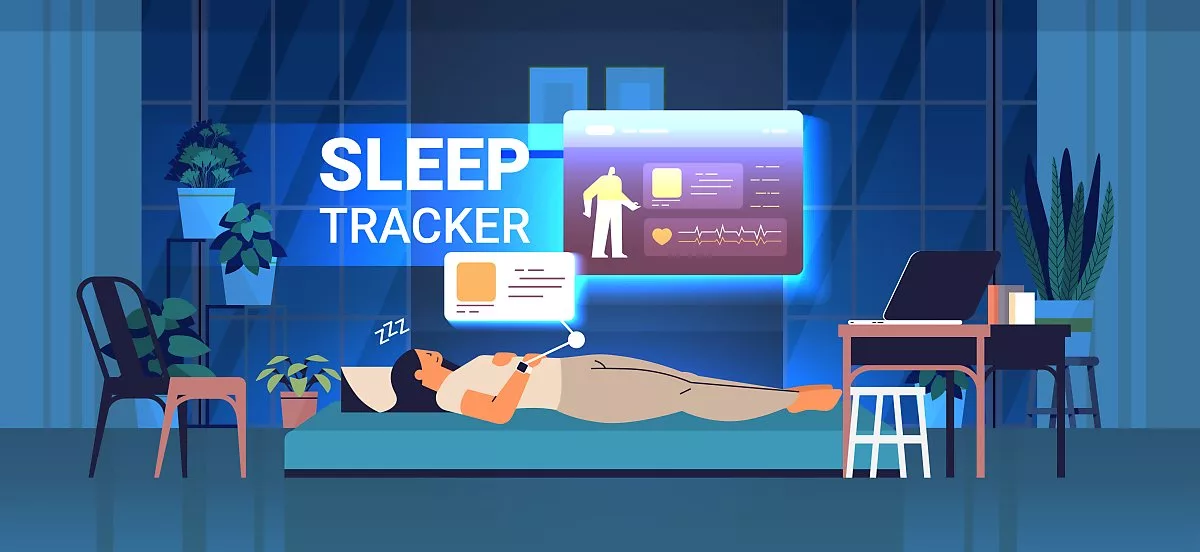

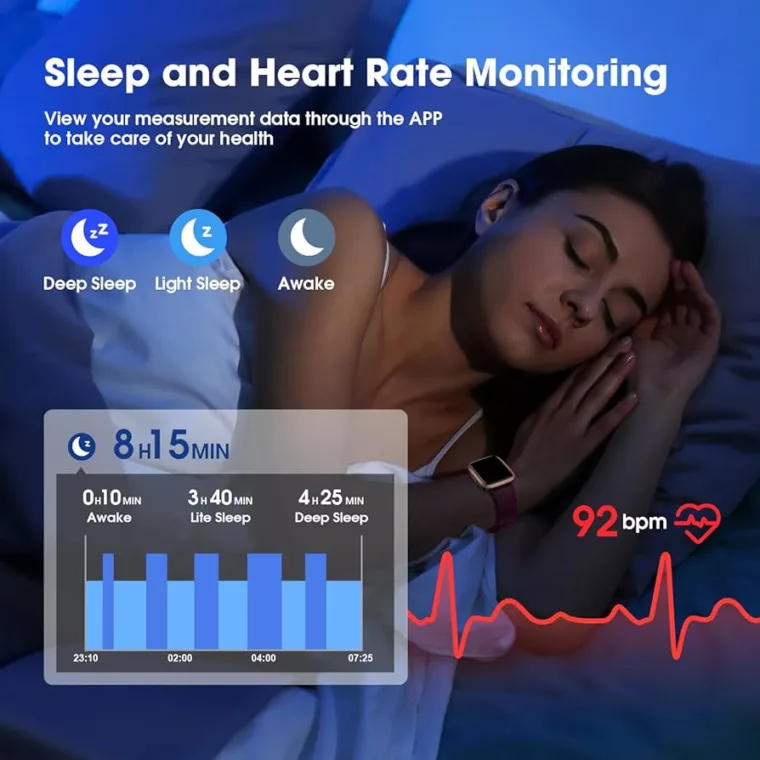
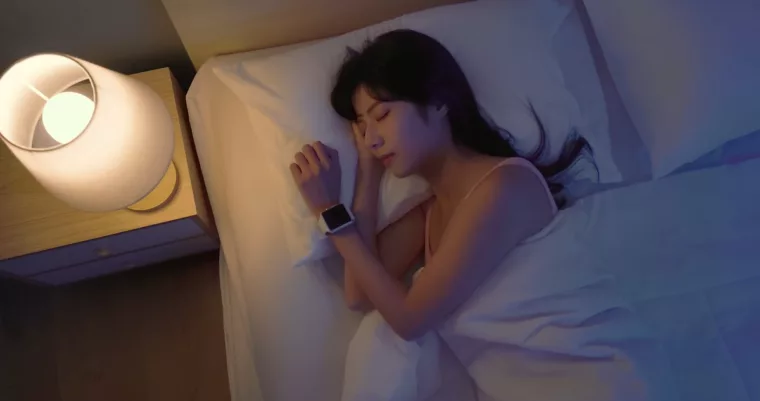
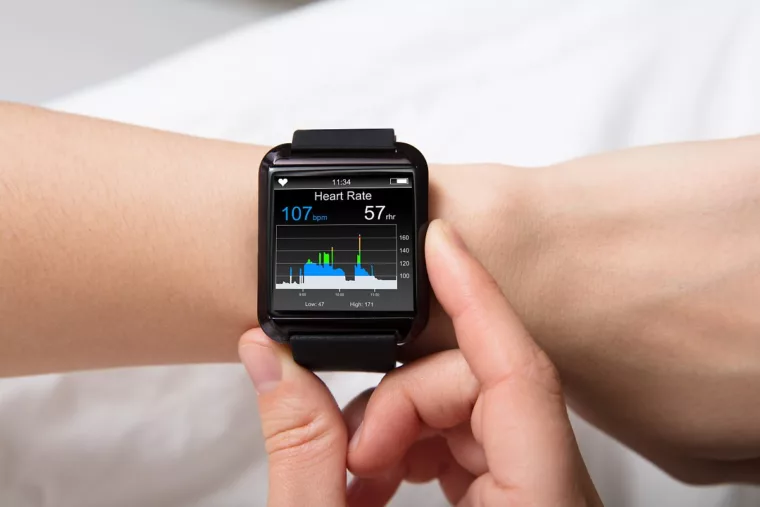
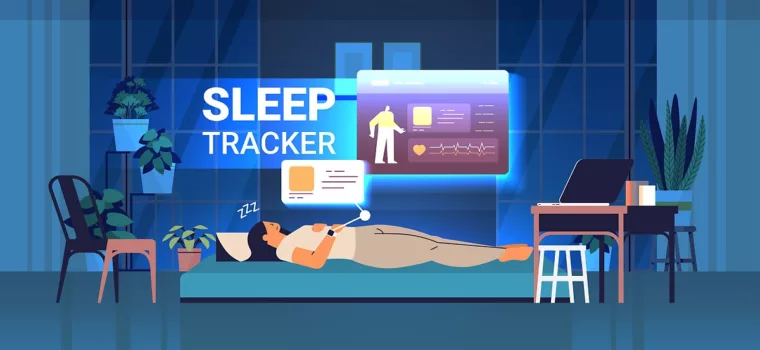
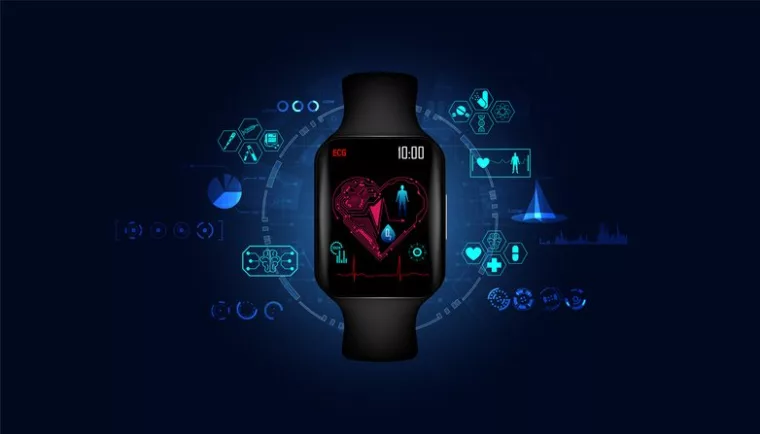


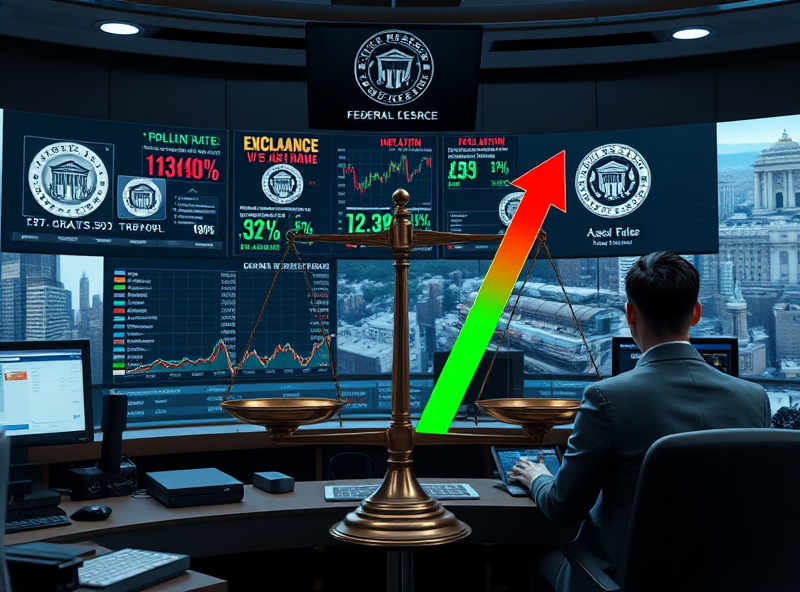
Leave a Reply